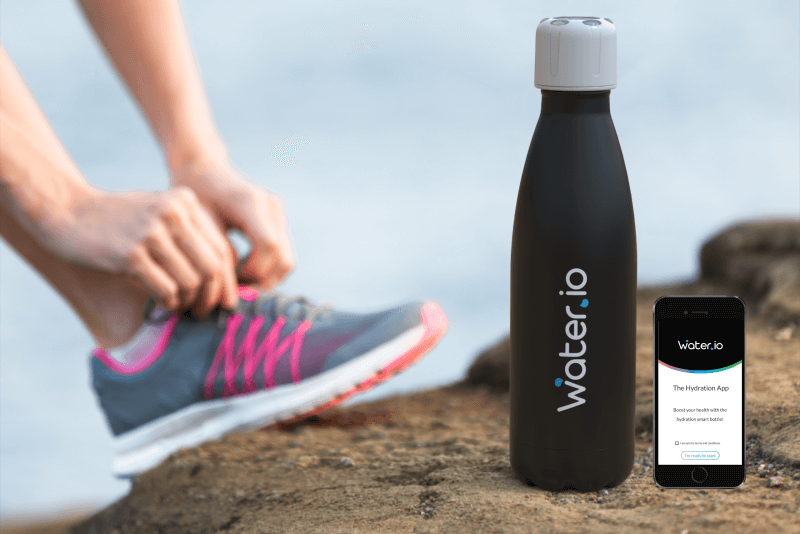Designing a smart package is a critical step for ensuring the final package for a product is not only functional, but also aesthetically pleasing. A great package design can set a product apart from the competition, make the product more appealing to customers, and even provide information that would otherwise be hard to convey to the masses.
A smart packaging design has a lot of elements, from what it is made from to how it is made and how it looks. If all of the elements of a smart package design are not met, there can be a serious gap in the way a package attracts a customer and turns them into a buyer. For instance, if the physical look of the package is great, but it is not functional and is hard to use and open, customers will be much less likely to buy the product again and recommend it to their friends and family.
In this post, we will take a further look into some of the basic elements that go into smart packaging design and how the final smart package actually comes to fruition.
One of the most critical aspect to designing a smart package is understanding how your product and it package are going to fit on the shelves or racks at retail stores. If your package is not able to function properly in a retail location, you are going to have issues with the physical restraints of your package design.
A smart package must be designed to sit on a typical store shelf properly or hang nicely from a rack in order to keep retail stores happy and to have customers find the product visually appealing. Therefore, one of the first steps to creating a product package is to make sure the size and shape is actually going to work in the retail store locations your product will be sold.
You must also take into consideration the needs and desires of the customer as well. You will need to understand what the customer is looking for from the product’s packaging. For instance, you will need to communicate essential information to the customer about the product. This can include information such as instructions, ingredients, directions, what the product is made out of, what makes the product unique and special, and any other critical or interesting information.
Understanding your target customer and the typical design that will appeal to them the most is important as well. If you have a trendy young audience, your smart product package design should reflect that. They are going to be much more attracted to a fun and modern product package than a package that uses traditional and boring features.
Once you have these two critical aspects defined, the actual design process can begin. For your smart product package, you will need to establish what materials you are going to use, what the style of your package will be, what colors you will use, what text size and font you want, and the exact information you are going to include on the inside and outside of your package.
When beginning to design these specific elements, you will need to ensure you are adhering to your brand’s image, values, and theme. All of these elements need to be consistent with that your company is all about and what it values the most. Your packaging design must represent who you are as a company or your customers and potential customers will have a hard time understanding your brand, what the core values are, and why they should be committed to the product.
In order to remain competitive in your industry and stand apart from the crowd, creating a beautiful and function smart package is essential. When you are in the design process of your packaging, doing something unique will go a long way in an industry that often lacks personality and uniqueness.





